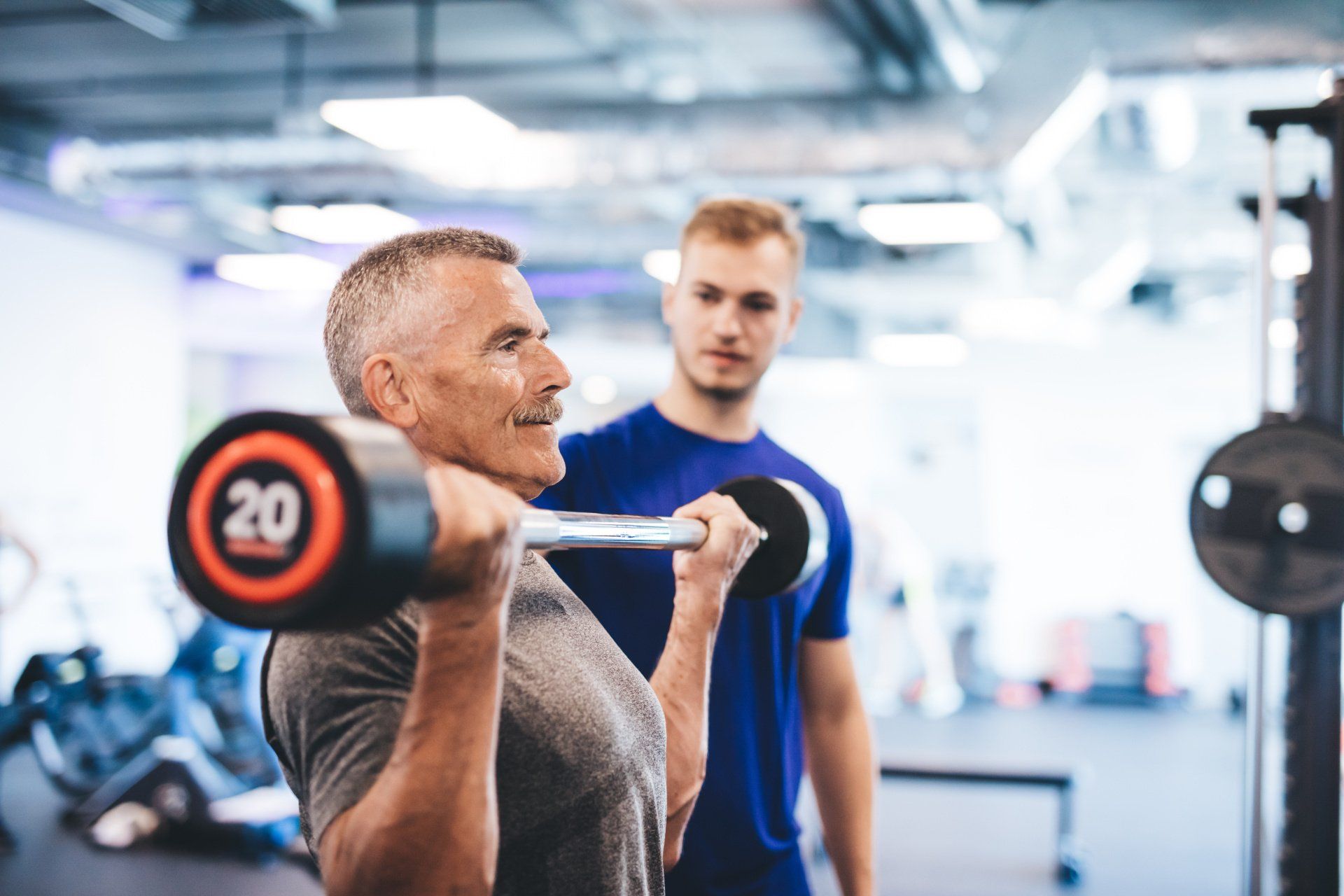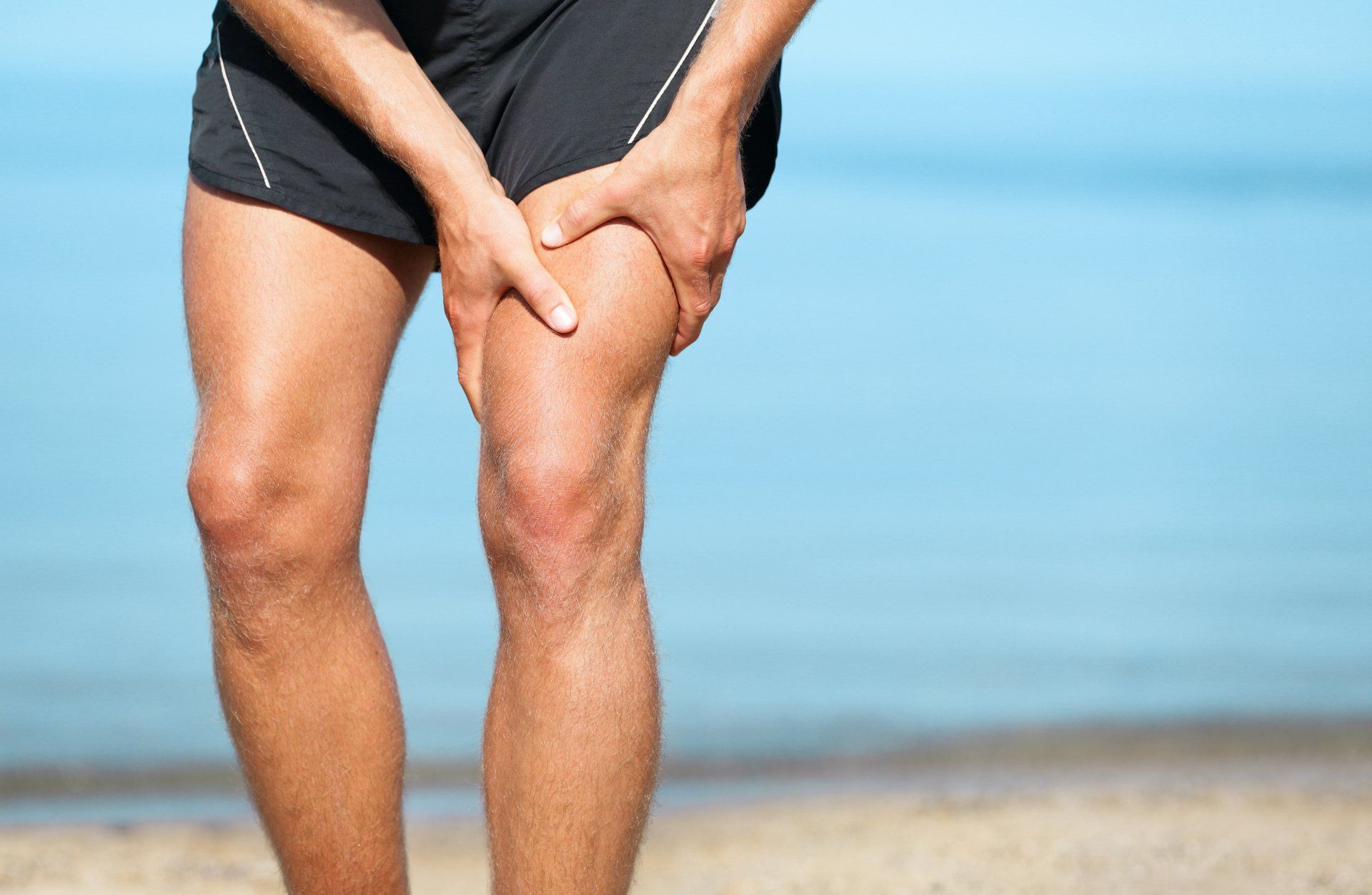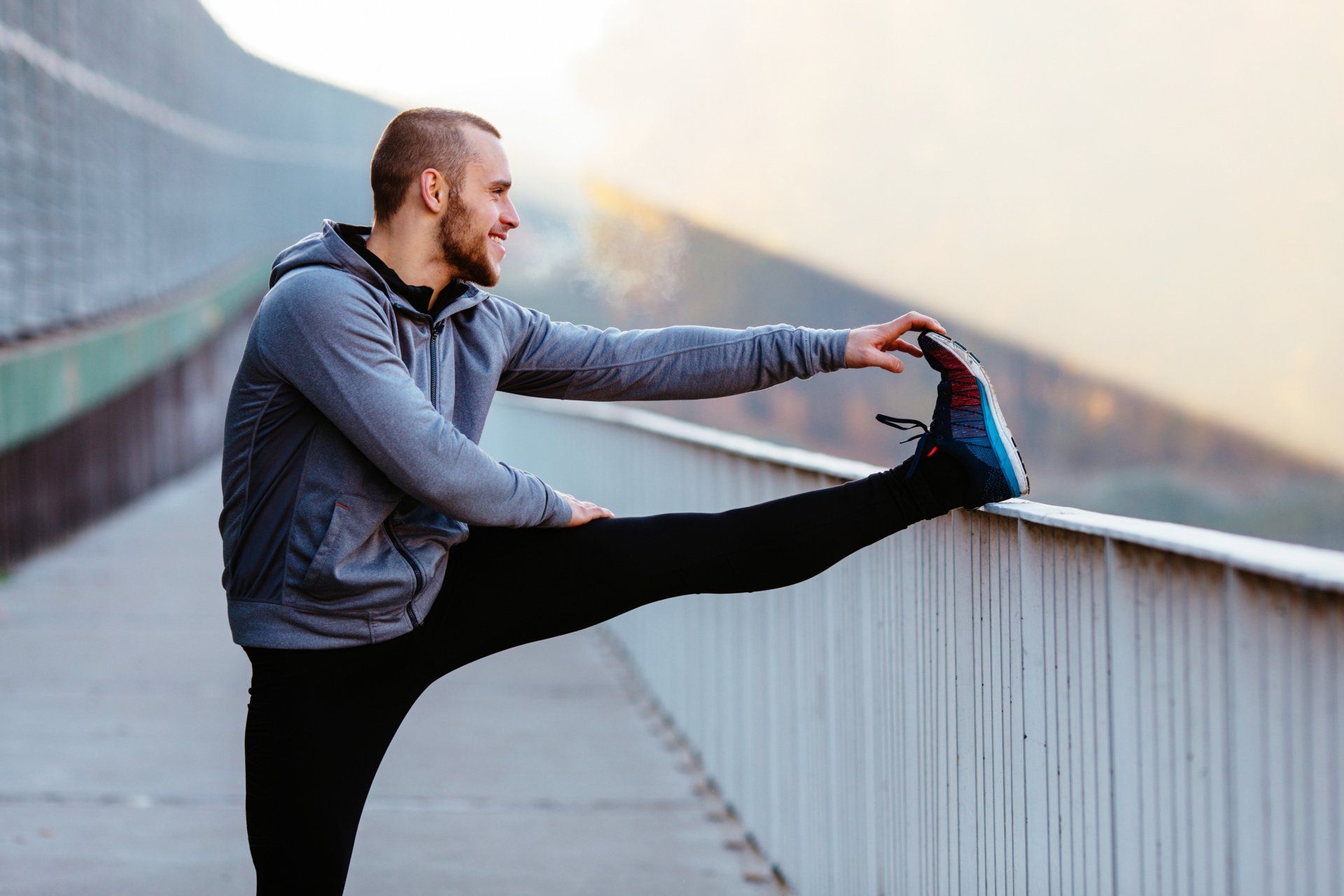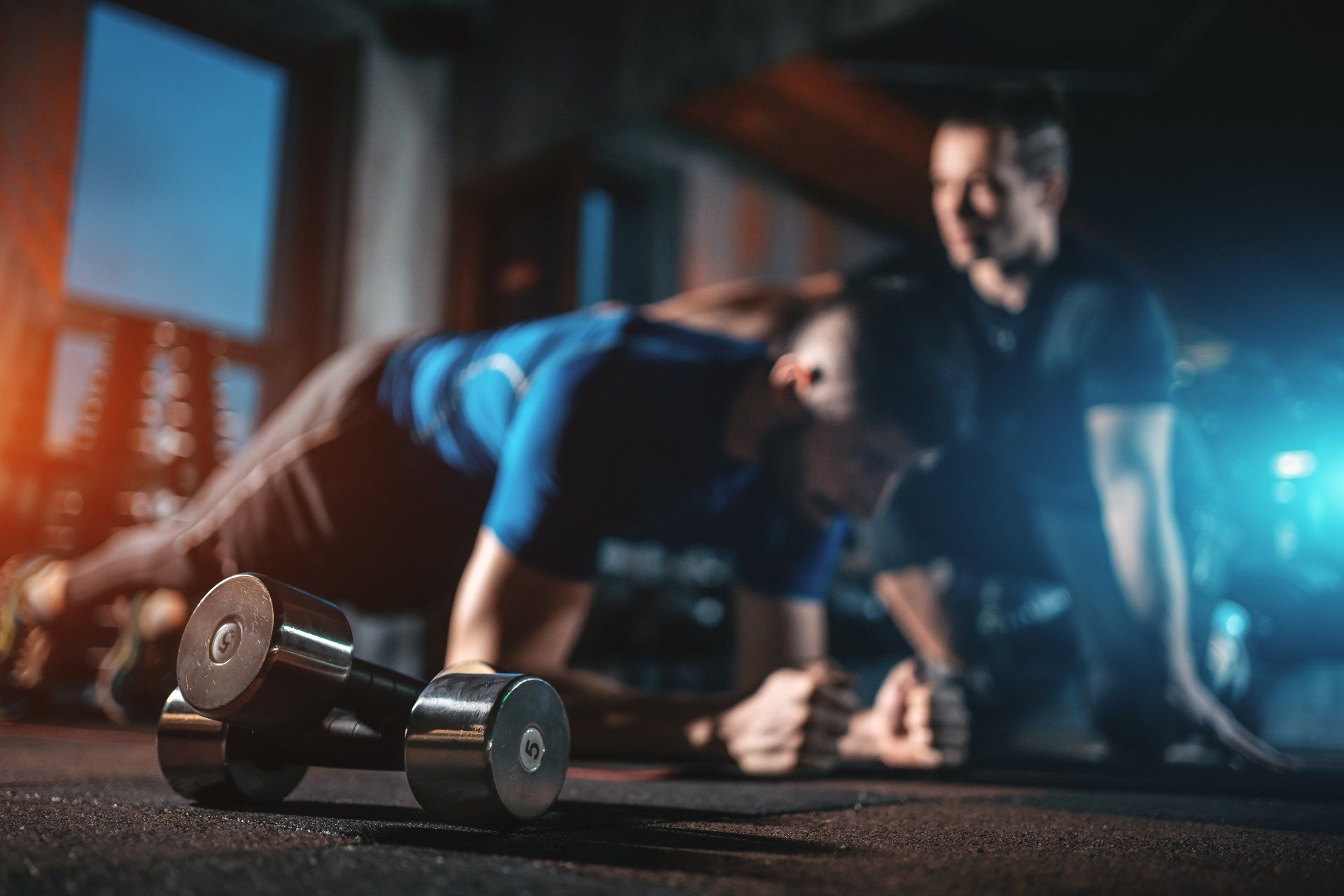Patellofemoral Pain Syndrome (Knee pain)
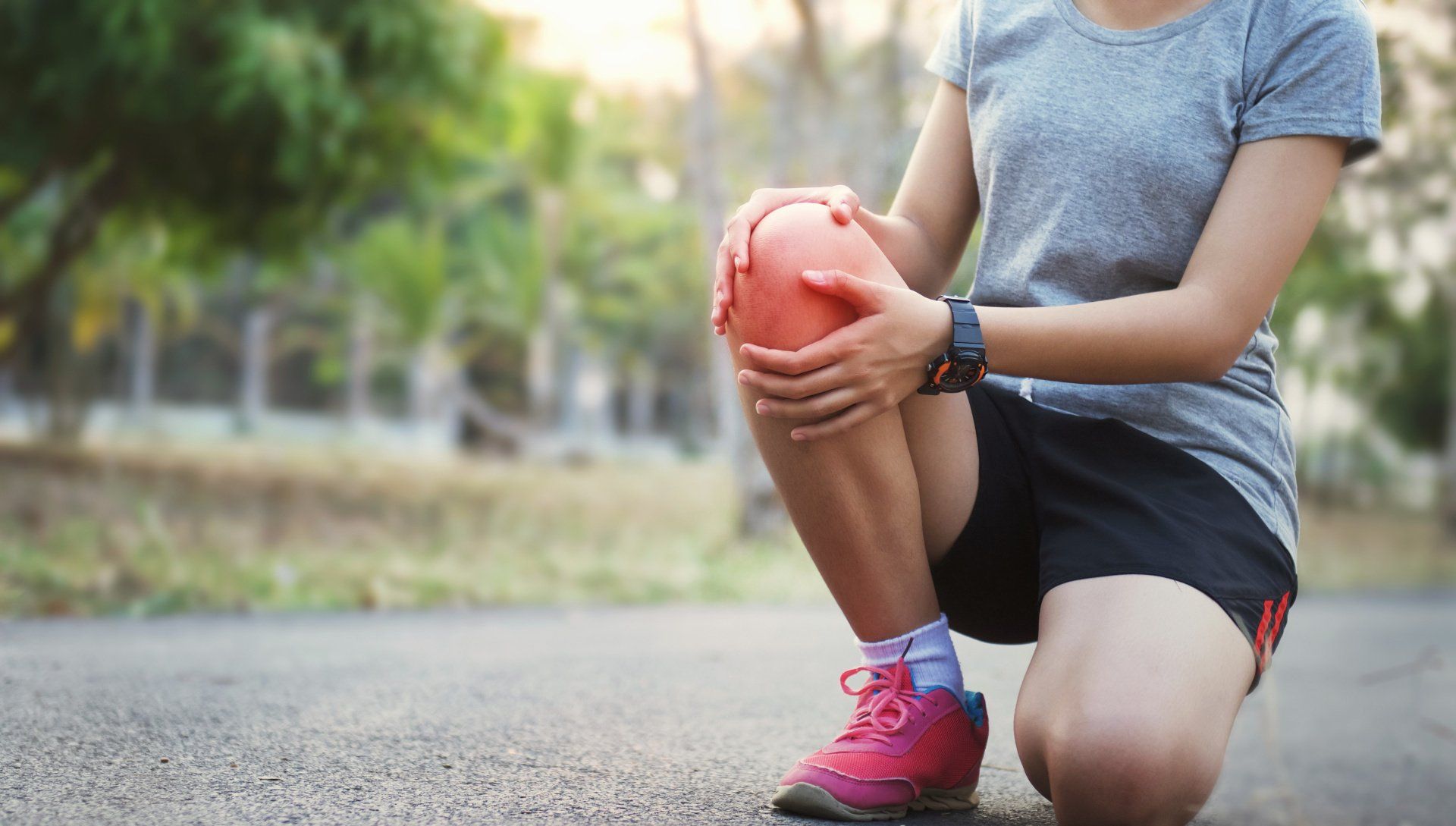
What is it?
This is a common condition, often described as the most prevalent overuse injury of the knee. Symptomatic pain arises behind or around the kneecap, also known as the patella, and is likely to have a gradual onset rather than result from a single incident of injury.
Pain is likely to be associated with activities like squatting, running, using stairs, and potentially any movement where the knee is loaded in a flexed position, though it can also occur with prolonged sitting with the knees bent. Patellofemoral pain is a clinical diagnosis reached by excluding alternative and more specific conditions (e.g. patellar tendinopathy, bursitis, osteoarthritis).
What causes it?
There are likely to be signs of reduced muscular control and strength that are believed to contribute to biomechanical impairment of the patellofemoral joint.
However, given the slow onset of pain and its potential to then become persistent, like other overuse injuries, symptoms can be complicated with a growing belief that the condition is worse than it is (‘catastrophisation’) and fear avoidance (‘kinesiophobia’). This introduces the need to consider and resolve aspects of pain sensitisation and wider psychological factors to successfully treat the condition.
Rehab
There is a body of high-quality evidence showing the effectiveness of combining knee and hip exercises in the treatment of patellofemoral pain syndrome.
In the short-term, patellar taping, foot orthoses (to counter biomechanical issues, for example, relating to excessive rear-foot eversion and mid-foot pronation), stretching, and some hands-on therapy may be useful for reducing pain. These are not, however, believed to help beyond the short-term and exercise is currently seen as the critical element in a treatment programme. Similar to other conditions described as overuse injuries, the complete avoidance of pain-provoking movement and a ‘wait and see’ approach are not seen to be effective at improving pain and function.
Summary
- Often referred to as an overuse injury, rather than the result of a single incident.
- Pain can be felt behind or around the kneecap.
- Pain can be associated with running, squatting, using stairs and/or prolonged periods of sitting.
- It is important to speak with a therapist about strengthening the muscles around the hips and knees.
- The therapist will also assure you that complete rest is not the answer and movement is both ok and vital.
Read more...
